“We weren’t afraid to be hot. That was our gimmick. When we saw The Shirelles walk on stage with their wide party dress, we went in the opposite direction and squeezed our bodies into the tightest skirts we could find. Then we’d get out on stage and hike them up to show our legs even more,”–Be My Baby: How I Survived Mascara, Miniskirts, and Madness by Ronnie Spector (Onyx Press, 2004)
So this is how we lose the best parts of the Sixties. The music lives forever, but the lives run their courses. Most of us are spectators, fan boys and girls. We experience the rare and beautiful in a cosmic balance tuned by circumstance and natural ability, held together by courage and in this case, a little hair spray.
There was only one Ronnie Spector.
She’s been frozen in that moment, complete with pantsuits, Egyptian cat eye makeup and beehive hairdos since before the British invaded. Yet rather than feigning embarrassment for her flaming youth, she embraced it for what it rocking well was.
A month ago she was on the radio again, as she is every December. Ronnie still shows up in a white fur-lined crimson jacket every Christmas. She had no camera phone when she SAW Mommy kissing Santa Claus. Her version leaves us with visual memories. Her “Frosty the Snowman” makes the great frozen friend sound more like a Rocky Balboa, refusing to melt for any sun. And her “Sleigh Ride” has no speed limit or end date. In this last Yuletide, it returned to the pop charts for the first time in 58 years.
As the decorations displayed in A Christmas Gift for You from Phil Spector (1963) were tucked away, the producer’s next album was Presenting the Fabulous Ronettes featuring Veronica (1964). Spector would give her his name, her career, and the darkest years of her life.
“Spector seemed to have one obsession, and one obsession only. During the recording sessions he now insisted that Ronnie should sit with him in the control room, rather than fraternizing with the other singers and musicians. When they lunched with the producer Herb Alpert, Ronnie noticed that Spector put himself between her and Alpert, leaning in front of her whenever she spoke, apparently to prevent Alpert looking at her. One evening during recording she and Nedra ducked out from the studio with Sonny Bono to pick up some hamburgers without telling Spector where she was going, he threw a fit, knocking over mike stands and throwing spools of tape all over the studio. On another occasion, when she and Cher went dancing at the Purple Onion on the Strip, Spector tracked her down to the club and dragged her off the dance floor.” –Tearing Down the Wall of Sound; The Rise and Fall of Phil Spector by Mick Brown (Knopf, 2007)
Small in stature but foreboding in real life, (Phil was 5’7”, Ronnie was 5’1”), Phil Spector is the antagonist in the Ronnie Spector story. With the other two Ronettes (sister Estelle Bennett and cousin Nedra Talley), formed in 1957 when Ronnie was 14, they produced five hit singles from that first and only album. As quickly as the lightning had struck, the jealous production genius limited her public appearances and pulled other harmful career sabotages. He turned down The Beatles when they offered her group the opening slot on their 1966 U.S. tour.
Shortly after they wed, the “Wall of Sound '' builder with the itchy trigger finger presented her with a Snow White-inspired glass coffin he had commissioned especially for her, should she ever cheat on him. They were married for six years, 1968-1976, although they seperated in 1972. They had three sons Donte Phillip Spector, Gary Phillip Spector, and Louis Phillip Spector.
“As I said many times while he was alive, he was a brilliant producer, but a lousy husband,” she told Rolling Stone last year, shortly after Spector’s death in prison where he was serving a life sentence for murder. “Unfortunately, Phil was not able to live and function outside of the recording studio. Darkness set in, many lives were damaged. I still smile wherever I hear the music we made together, and alway will. The music will be forever.”
That sound leapt from the Spanish Harlem streets in the heat of 1963, a year before Beatlemania, a summer ahead of “Under the Boardwalk.” Brian Wilson recalled hearing “Be My Baby” on his Corvette radio, and being so overcome by emotion he had to pull over. According to Wilson he bemoaned that he would never be able to produce something as beautiful, and his girlfriend reassured him, saying “Don’t worry baby, everything will turn out all right.”
Hers was a powerful package, complete with fame, disillusion, uncertainty, and a scorching talent. She influenced the greats including Amy Winehouse, George Harrison, Bruce Springsteen, and more. She launched comebacks, speaking honestly and always looking to the future from a romantic precipice. In 2017 she told People she worried her group would not be a success “because of our look and being biracial.”
“Our career started working in the VIllage in the gay coffee shops. And then when I came back from California, where do you think I started out? I started out at the Continental Baths, a gay club. That’s how I started my return to show business.”
Big hair. Big voice. “Walking in the Rain.” Being her little baby. Yes, please. The Ronettes were inducted into the Rock and Roll Hall of Fame in 2007. Her larger-than-life biopic has the green light. Last year Ronnie handpicked Zendaya for the starring role.
Perhaps that was the only flaw in her “comebacks.” Ronnie Spector never disappeared completely. Here on rock star death day, it is the light and the power she committed to her art that is remembered.
Here are some snapshots and videos from the fabulous life of Ronnie Spector.

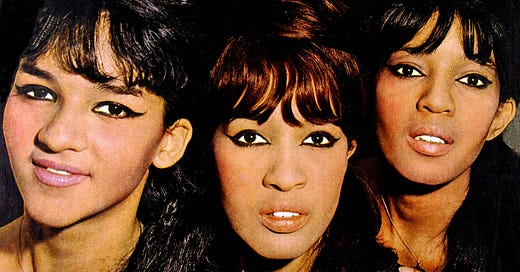



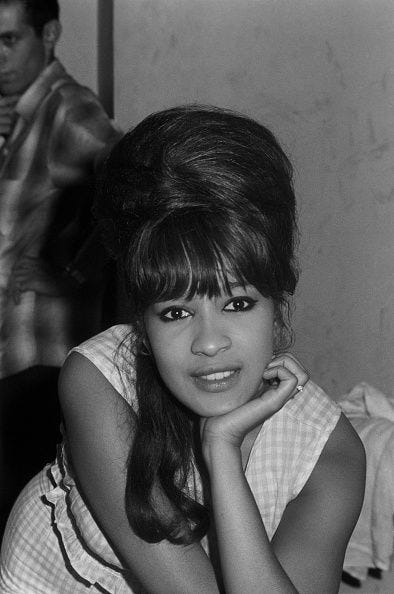
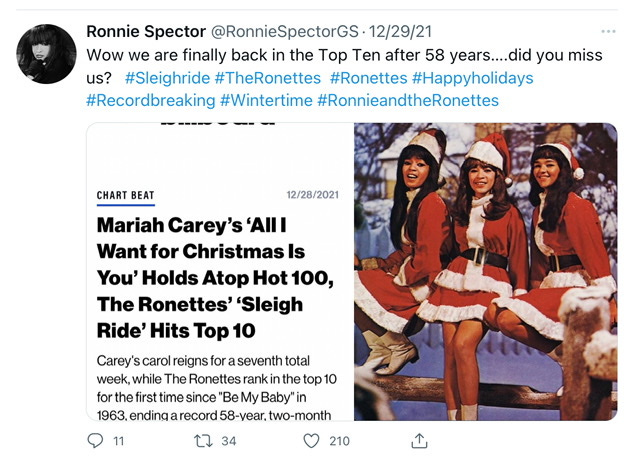
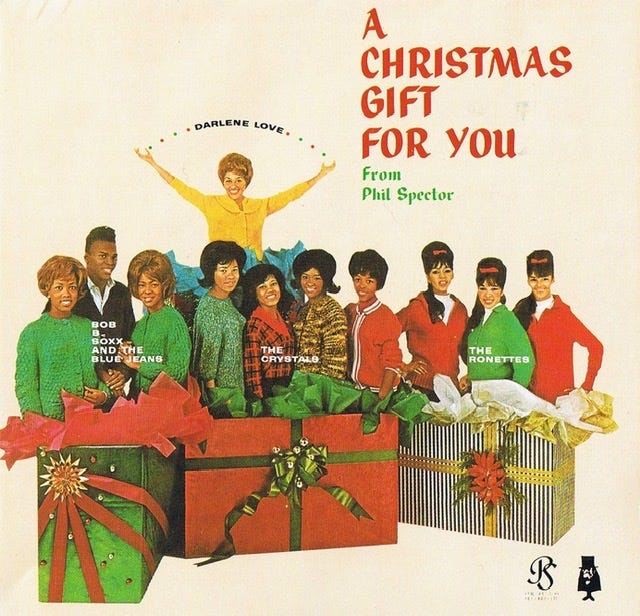
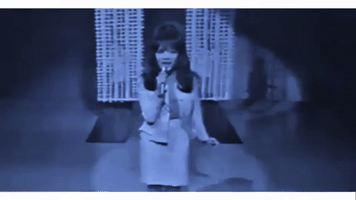
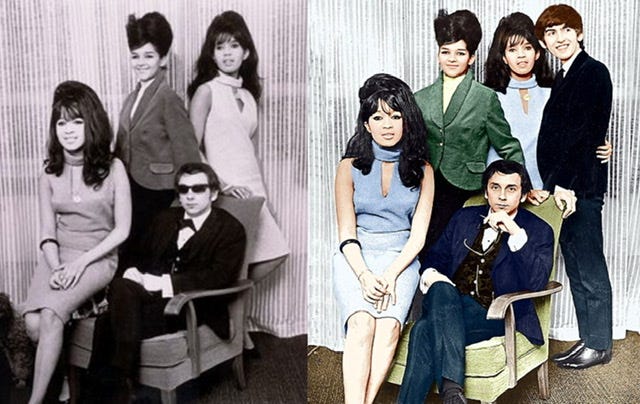
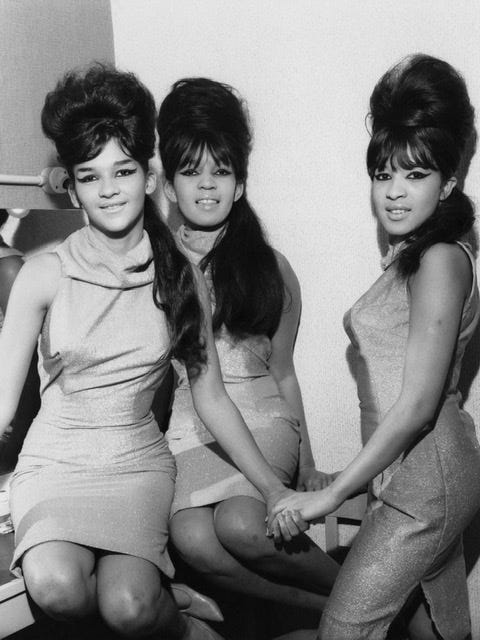

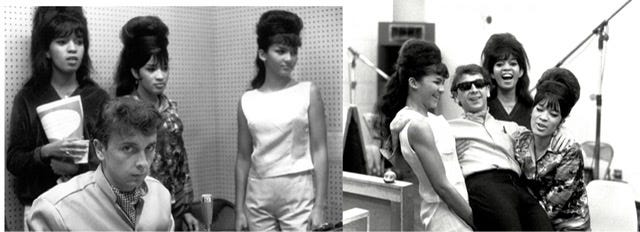
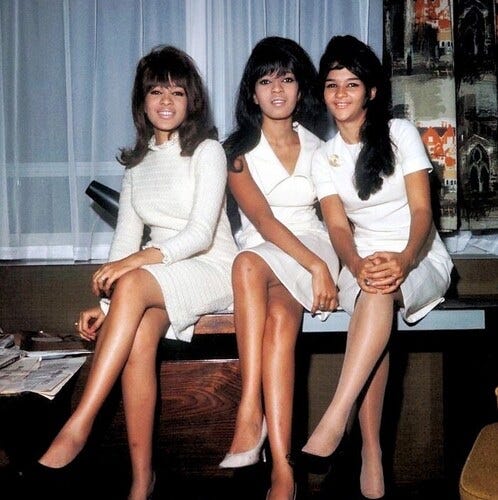
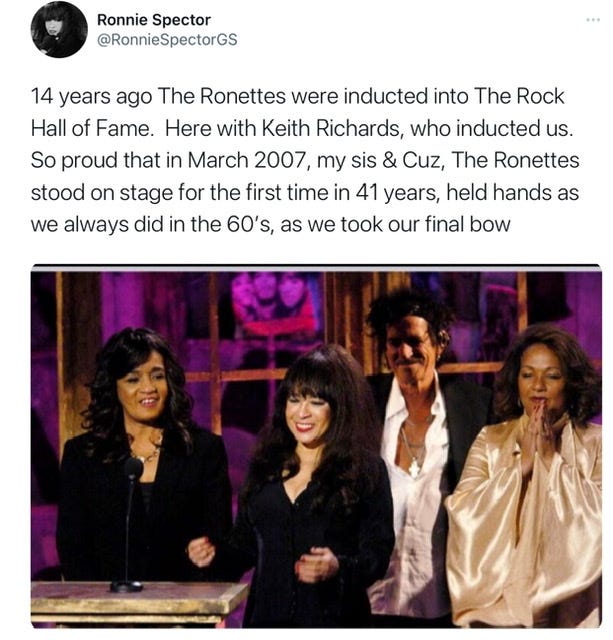

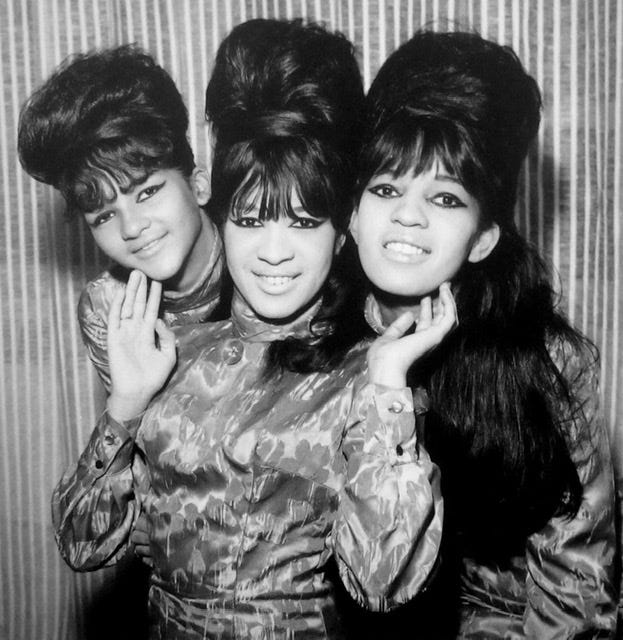
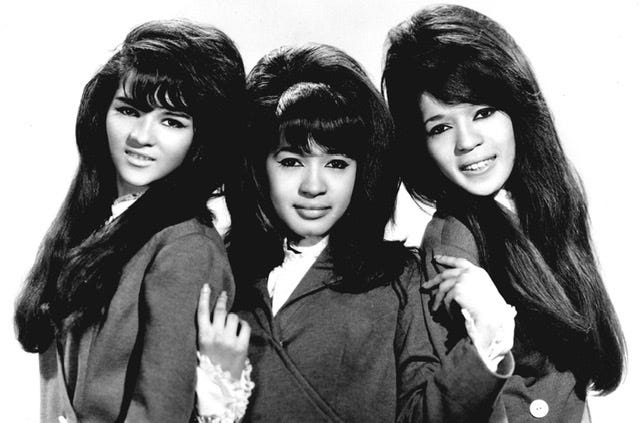
Oh so good: as I love all music ...that hit a special point.
Thanks, I really enjoyed that as I always did them.